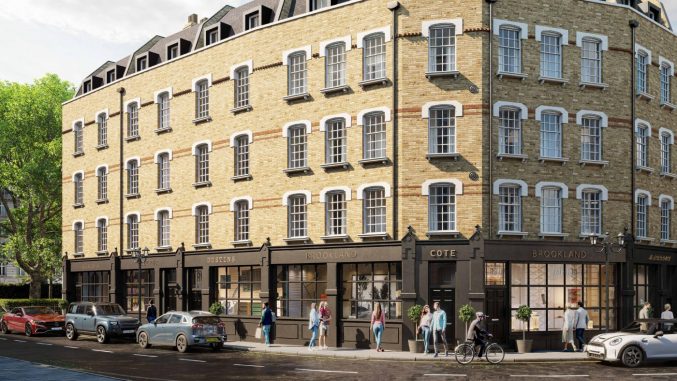Construction industry knocked sideways, but will recover
By Bridging Loan Directory
Richard Payne, pictured, Director of Development at Oblix Capital, considers the short and long-term impact of the Covid-19 lockdown on the construction industry.
At the beginning of March, the Government was promising a new dawn for housebuilding, with some ambitious plans. A million homes were targeted to be built within 5 years, with aspirations to increase that number to 300,000 per year. Budget and post-budget announcements heralded upwards extensions being included within Permitted Development Rights by the summer, a consultation on the demolition of vacant commercial buildings to be replaced with residential units, and a sweeping review of Planning Permission was also promised.
All of these plans seemed perfectly sensible, achievable, and were welcomed by the industry. But how realistic are they now, only a few short weeks later? The Covid-19 crisis has hit us with a bang, and we may need to drastically re-think the approach required to achieve the targets that were set.
The crisis has caused building sites to close up and down the country, and at the moment it’s unclear when they may be able to re-open. The UK’s construction industry was already facing a number of challenges, including potential labour and skills shortages caused by Brexit, but the Covid-19 crisis has brought new complications. Even when the sites re-open, a sizeable proportion of site staff are likely catch the virus themselves and remain off work, or they may still be subject to self-isolation. Other key resources such as surveyors and valuers may be in temporary short supply. Supply chains will take time to get back up to speed, particularly where supplies are brought in from abroad. There is also a realistic possibility that further lockdowns are required if and when the spread of the virus accelerates again.
Consumer confidence, and their ability to purchase new houses will also be impacted. Savings may have been used up to pay essential bills, debts may have accrued which will subsequently take priority for repayment, and banks may be more selective when choosing who to lend to. Building societies may well take a time to come back to the domestic mortgage market. Reservations made ‘off-plan’ may be withdrawn, and a slowdown in demand may generate downward pressure on prices.
These are uncharted times. One key difference from the financial crisis we experienced in 2008 is the strength of the banking industry at the time; in 2008 the banks and their lending practices, particularly in the USA, were a cause of the problem. This time round, the banking industry is financially robust, and high street and specialist lenders alike will be part of the solution, not the problem. Once the dust has settled, they will play a key role in getting the industry back on track.











You must be logged in to post a comment.